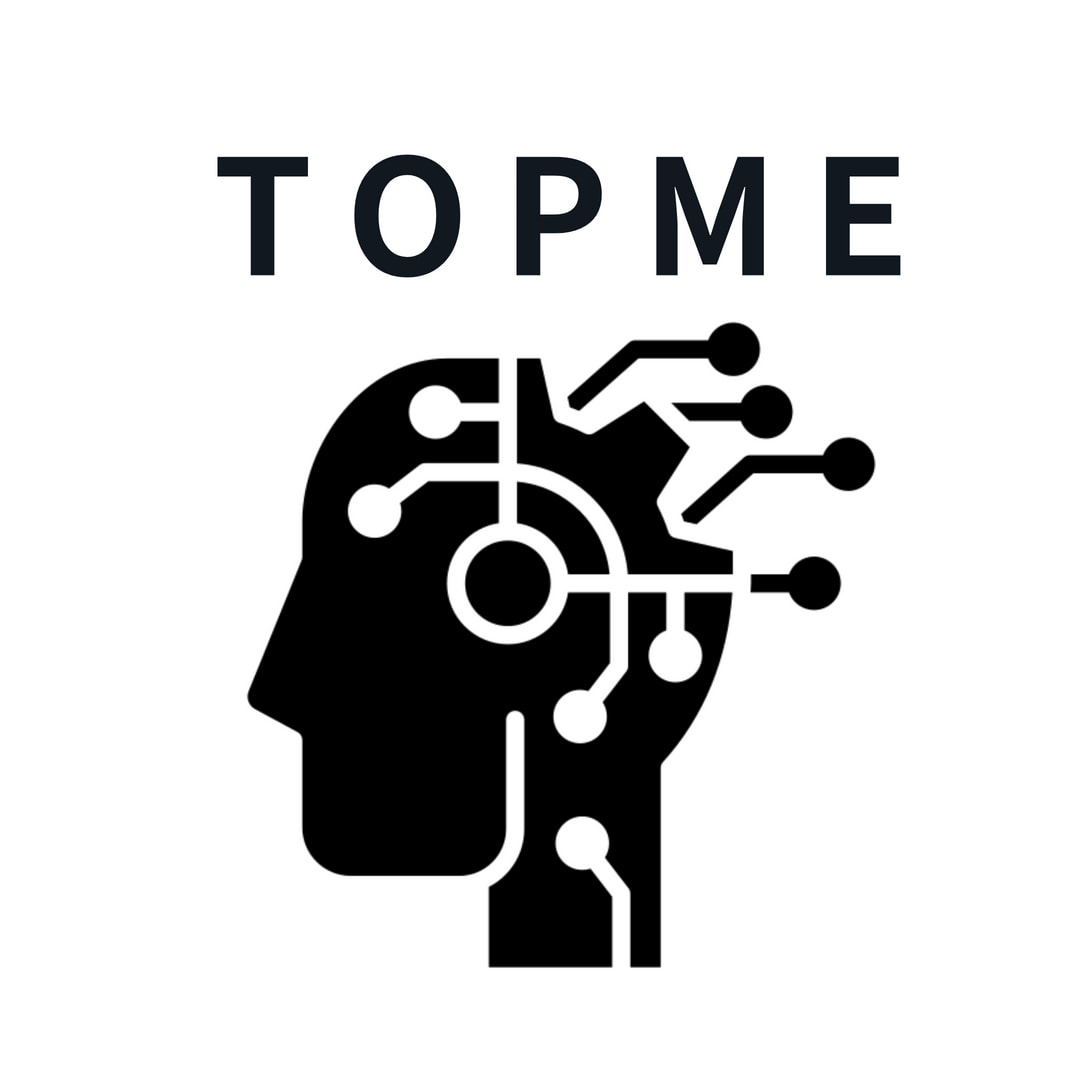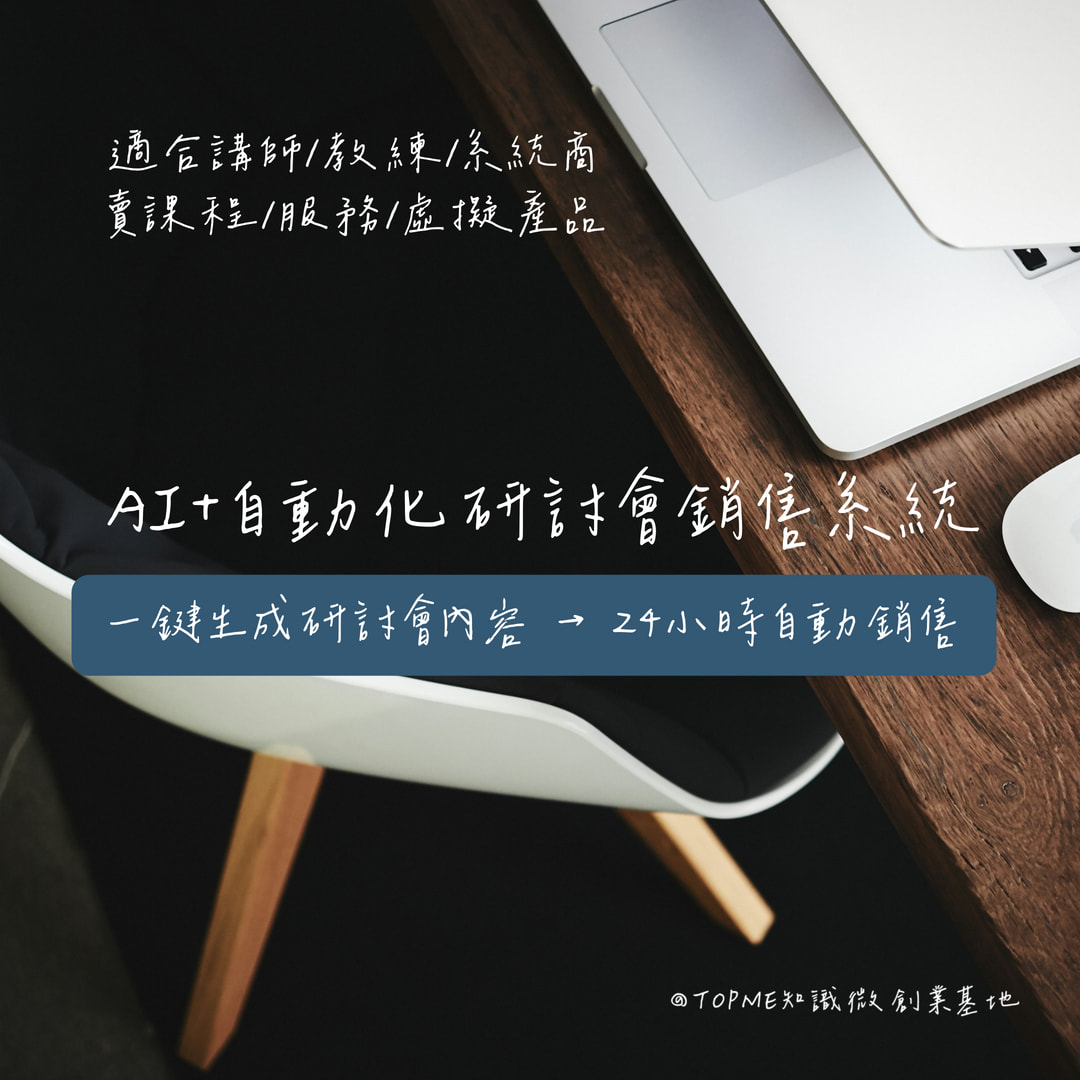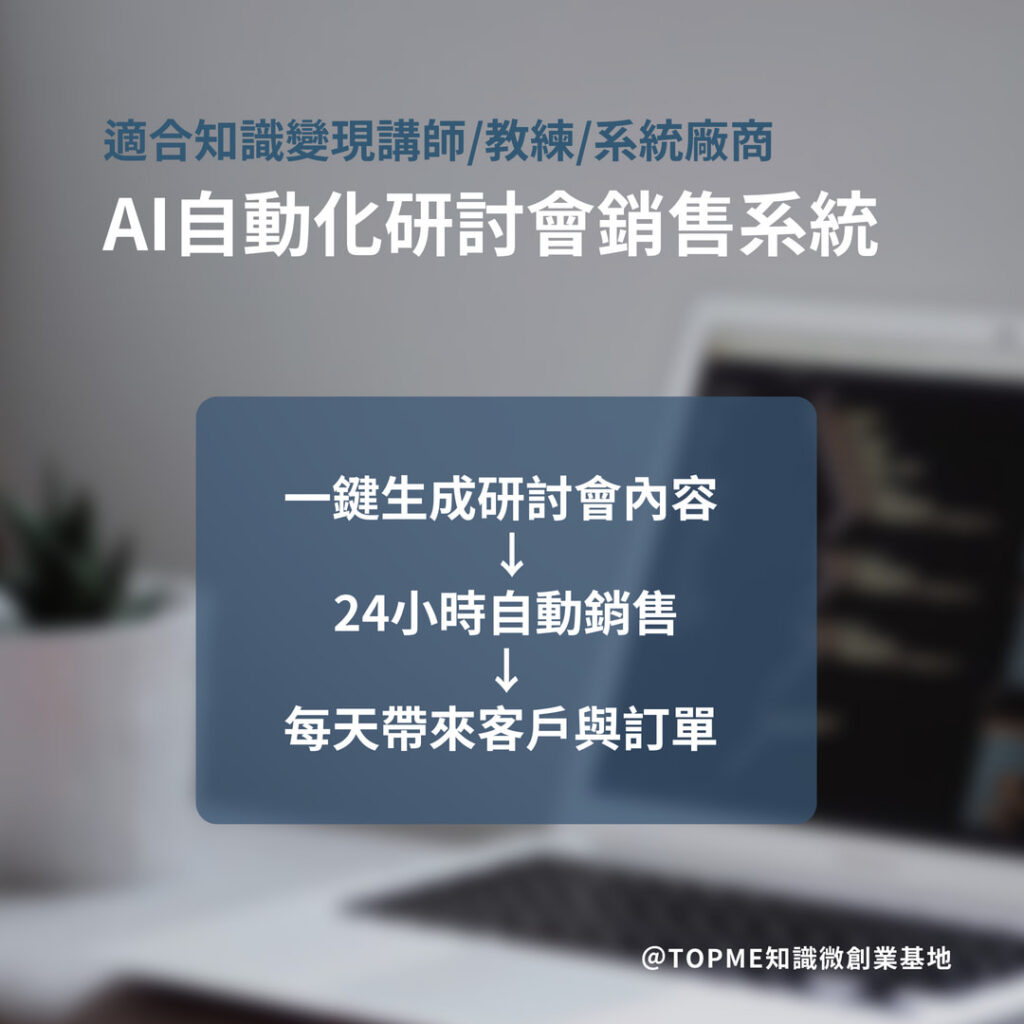你的購物車目前是空的!
曾經有一位資料分析師,面對大量複雜的經驗資料,苦於難以直觀理解。直到他運用「經驗萃取的圖像化呈現方法」,將抽象數據轉化為清晰的圖表與視覺化圖像,不僅提升了團隊的決策效率,也讓專業知識更易傳達。這正是現代企業提升競爭力的關鍵利器,讓數據說話,讓經驗更具說服力。
文章目錄
經驗萃取圖像化:提升知識傳遞效率的關鍵策略
透過圖像化呈現,複雜的經驗數據能轉化為易於理解的視覺資訊,提升知識傳遞的效率與效果。想像一下,將以往冗長的報告、繁瑣的表格,轉換成簡潔明瞭的圖表、流程圖或互動式動畫,讓學習者能快速掌握核心概念,並加深記憶。
圖像化經驗萃取的關鍵步驟:
- 資料收集與整理: 確保資料的完整性和準確性,並針對目標受眾的需求進行篩選。
- 選擇適切的圖像化工具: 根據資料類型和呈現目的,選擇合適的軟體或工具,例如圖表軟體、流程圖軟體或互動式設計平台。
- 設計清晰易懂的視覺元素: 使用清晰的標題、圖例和顏色,避免過多的圖表或過於複雜的設計,讓資訊一目瞭然。
圖像化呈現的優勢:
- 提升學習效率: 視覺資訊更容易被大腦吸收和理解,進而提升學習效率。
- 加強記憶效果: 圖像能更有效地刺激大腦記憶中樞,加強記憶效果。
- 促進團隊合作: 圖像化呈現能讓團隊成員更容易理解彼此的觀點,促進團隊合作。
圖像化經驗萃取的應用範例:
- 產品開發: 將使用者回饋圖像化,快速了解產品優缺點,並進行改進。
- 教學課程: 將課程內容圖像化,讓學習者更容易理解和吸收。
- 業務分析: 將業務數據圖像化,快速掌握市場趨勢和客戶需求。
經驗萃取圖像化:流程設計與視覺元素最佳化實?
Unlocking the potential of Taiwan’s vibrant tourism sector requires a multifaceted approach. Focusing on enduring practices is crucial for long-term success. This involves promoting responsible travel, minimizing environmental impact, and supporting local communities.
Key Strategies for sustainable Tourism Growth:
- investing in eco-friendly accommodations and transportation options.
- Encouraging tourists to engage in responsible activities, such as hiking and exploring nature trails.
- Partnering with local businesses to ensure fair compensation and economic benefits for the community.
By prioritizing sustainability, Taiwan can ensure that its tourism sector thrives while preserving its natural beauty and cultural heritage for future generations. This approach not only benefits the environment but also strengthens the local economy and fosters a positive visitor experience.
Enhancing the Visitor Experience:
- Developing comprehensive visitor information resources, including maps, guides, and interactive apps.
- Providing multilingual support to cater to a diverse range of tourists.
- Creating engaging cultural experiences that showcase Taiwan’s unique traditions and artistry.
經驗萃取圖像化:團隊協作與知識共享的有效方法
透過圖像化呈現,團隊成員能更快速、更有效地理解並吸收關鍵資訊。想像一下,將以往冗長的會議記錄,轉化成簡潔明瞭的流程圖、心智圖或資訊圖表。這不僅能提升團隊成員的參與度,更能促進知識的有效傳遞與共享。
知識共享的圖像化呈現方法:
- 流程圖:清晰地呈現工作流程,找出知識共享的瓶頸,並針對性地改善。
- 心智圖:將複雜的知識點以樹狀結構呈現,方便團隊成員快速掌握重點。
- 資訊圖表:利用圖表呈現數據和趨勢,幫助團隊成員更直觀地理解知識。
- 案例分析:透過圖像化呈現成功案例,讓團隊成員學習最佳實務。
除了以上方法,我們還可以運用互動式圖表,讓團隊成員參與其中,共同建構知識庫。例如,利用線上工具建立一個互動式地圖,標示不同專案的知識點,並允許團隊成員添加、修改和評論。這種互動方式能激發團隊成員的創造力,並促進更深入的知識共享。
提升團隊協作效率的關鍵:
- 明確的目標:團隊成員需要清楚了解知識共享的目標和期望。
- 有效的溝通:建立良好的溝通管道,讓團隊成員能自由地分享和交流。
- 鼓勵創新:鼓勵團隊成員提出新的想法和解決方案,並提供支持和資源。
- 持續的學習:鼓勵團隊成員持續學習和提升自身能力,以促進知識的更新和發展。
經驗萃取圖像化:衡量與評估成果的實用指?
Unlocking the potential of Taiwan’s vibrant economy requires a multifaceted approach. Focusing solely on one sector, while important, ofen overlooks the interconnectedness of various industries. A holistic view, considering the interplay between different economic drivers, is crucial for sustainable growth.
A key element in fostering economic prosperity is fostering innovation. Encouraging entrepreneurship and supporting research and growth are vital steps. This can be achieved through:
- Targeted funding programs: Providing financial support to promising startups and innovative projects.
- Mentorship and networking opportunities: connecting entrepreneurs with experienced professionals and industry leaders.
- Accessible resources and infrastructure: Ensuring that entrepreneurs have access to the necessary tools and facilities to succeed.
Furthermore, cultivating a skilled workforce is essential for driving economic progress. Investing in education and training programs that equip individuals with the necessary skills for the future job market is paramount. This includes:
- Upskilling and reskilling initiatives: Providing opportunities for workers to adapt to evolving industry needs.
- Collaboration between businesses and educational institutions: Ensuring that curriculum reflects current industry demands.
- Promoting lifelong learning: Encouraging continuous professional development throughout a career.
fostering a supportive business environment is critical for attracting investment and encouraging growth. This involves streamlining regulations, reducing bureaucratic hurdles, and promoting openness. This can be achieved by:
- simplifying business procedures: reducing the time and cost associated with starting and operating a business.
- Improving infrastructure: Investing in transportation, communication, and energy networks.
- Promoting a culture of trust and accountability: Encouraging ethical business practices and responsible corporate governance.
常見問答
經驗萃取的圖像化呈現方法:常見問題解答
在資訊爆炸的時代,如何有效地將經驗轉化為可理解、可分享的知識,是提升效率與溝通的重要課題。以下針對「經驗萃取的圖像化呈現方法」提出四個常見問題,並提供專業解答,希望能幫助您更好地應用此方法。
-
什麼是經驗萃取的圖像化呈現方法?
經驗萃取的圖像化呈現方法,是指將複雜的經驗、知識或流程,透過視覺化的方式呈現出來。這不僅僅是將文字轉化為圖片,更重要的是透過圖表、流程圖、心智圖等視覺元素,將經驗中的關鍵資訊、邏輯關係、以及相互關聯性清晰地展現出來,使受眾更容易理解和記憶。
- 目的: 提升理解效率,促進知識共享,方便知識傳承。
- 應用: 培訓教材、工作流程說明、專案報告、知識管理等。
-
圖像化呈現有哪些常見的工具和技巧?
圖像化呈現的工具和技巧非常多元,選擇適合的工具和技巧,取決於您要呈現的內容和目標受眾。以下列出幾種常見的工具和技巧:
- 流程圖: 適合呈現步驟、流程、決策路徑。
- 心智圖: 適合呈現概念之間的關聯性,以及發散性思考。
- 圖表(長條圖、圓餅圖、折線圖等): 適合呈現數據、趨勢、比較。
- 資訊圖表(Infographic): 適合將複雜的資訊以視覺化的方式整合呈現。
- 工具: 像是Microsoft PowerPoint, Google Slides, canva等,都提供了豐富的視覺化功能。
-
如何有效地進行經驗萃取的圖像化呈現?
有效的圖像化呈現,需要遵循以下幾個原則:
- 明確目標: 清楚要傳達的訊息是什麼?希望受眾理解什麼?
- 簡潔明瞭: 避免過多的文字和複雜的圖形,保持視覺上的簡潔。
- 重點突出: 強調關鍵資訊,使用顏色、字體、大小等視覺元素來突出重點。
- 邏輯清晰: 確保資訊的呈現順序和邏輯關係清晰,方便理解。
- 受眾導向: 考慮受眾的背景知識和理解能力,選擇適合的視覺化方式。
-
圖像化呈現有哪些實際應用案例?
圖像化呈現方法在各行各業都有廣泛的應用,以下列舉幾個案例:
重點精華
總之,將經驗圖像化,能有效提升溝通效率與知識傳承。善用此方法,助您在職場與學習上更上一層樓! 本文由AI輔助創作,我們不定期會人工審核內容,以確保其真實性。這些文章的目的在於提供給讀者專業、實用且有價值的資訊,如果你發現文章內容有誤,歡迎來信告知,我們會立即修正。

TOPME知識微創業基地創辦人
ICF國際教練聯盟認證機構個人成長教練
高級閱讀指導師(中國) / 閱讀教練
BookBook簽約說書人與課程講師
如果你發現文章內容有誤,歡迎來信告知,我們會立即修正。
[email protected]



